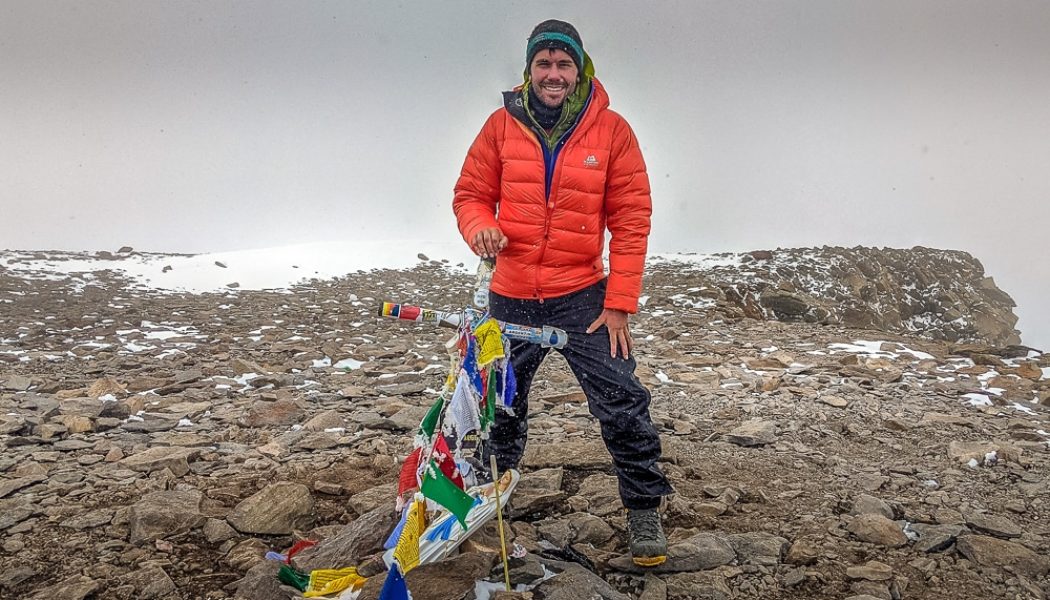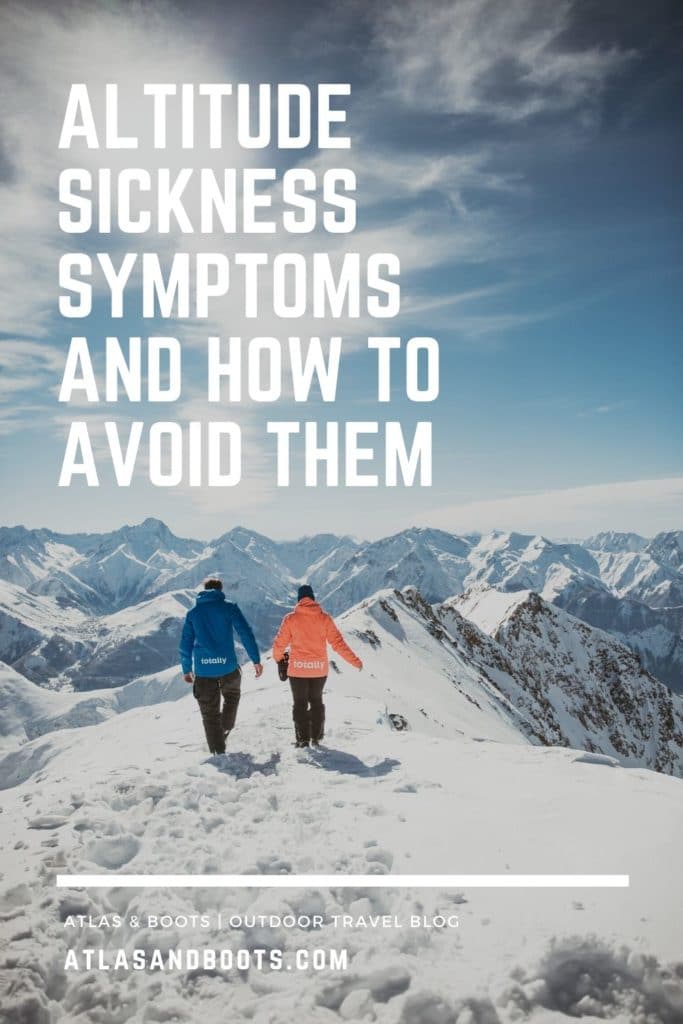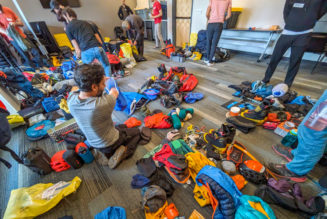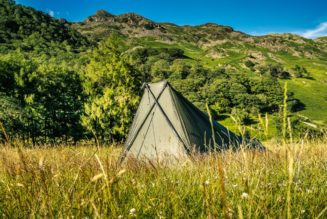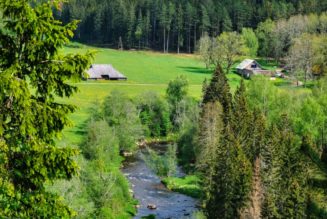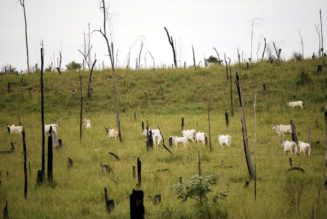Being young, fit and healthy doesn’t mean you won’t suffer from altitude sickness symptoms. Here’s how to identify, treat and prevent them effectively
Gracie is a student at Johns Hopkins, which offers one of the best medical training programs in the world. She is slim, fit and active. She doesn’t smoke, rarely drinks and always watches what she eats.
She should have been the last person in our group to get altitude sickness symptoms and yet there she was, wide-eyed and pale-faced at breakfast after a restless night of nausea at the foot of Cotopaxi Volcano (3,500m).
Experienced climbers know that altitude sickness doesn’t discriminate. The young, fit and healthy can suffer just as easily as the old, soft and pasty, which is why everyone should be aware of the symptoms before attempting a climb or trek at height. Here’s a primer to help you prepare.
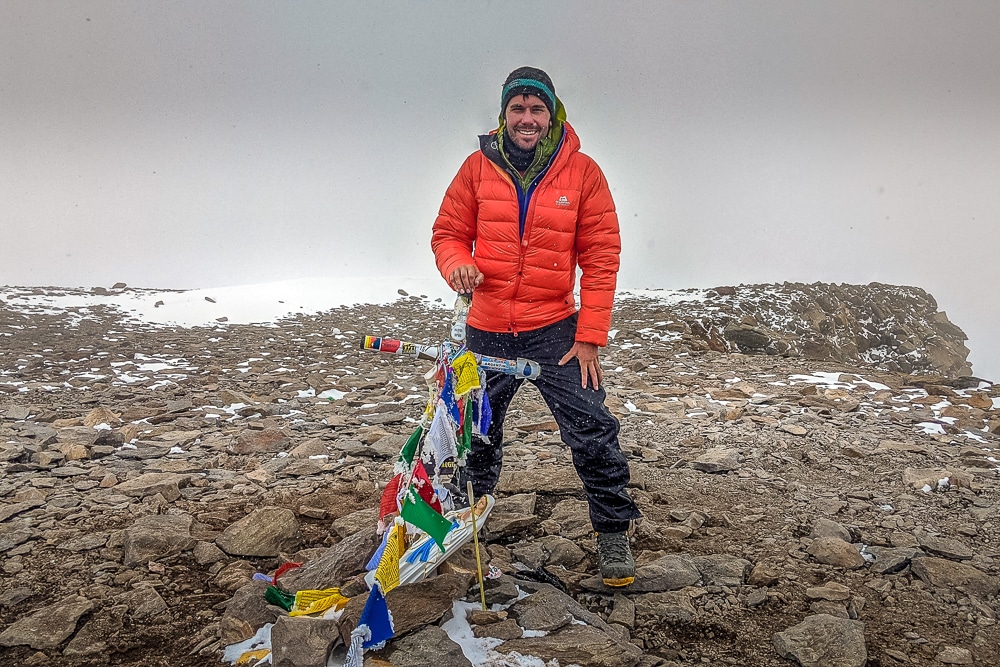
RECOGNISE ALTITUDE SICKNESS
Altitude sickness occurs when your body can’t get enough oxygen from the air at altitude. It most commonly happens when people go quickly from low altitude to 2,400m or above (about 8,000ft).
Symptoms usually surface between six and 24 hours after ascending and are often worse at night. Here’s what to look out for.
Common altitude sickness symptoms
- Throbbing headache
- Loss of appetite
- Feeling weak, tired or dizzy
- Nausea and vomiting
- Upset stomach
- Difficulty sleeping
- Shortness of breath
- Increased heart rate
Serious altitude sickness symptoms
Altitude sickness can affect your lungs and brain, which is very serious. When this happens, symptoms can include:
- Feeling confused
- Feeling faint or drowsy
- Clumsiness or difficulty walking
- Irrational behaviour
- Breathlessness when resting
- Bubbling sound in the chest when breathing
- A persistent, irritable cough (you may cough up pink or white frothy liquid)
- Blue or grey lips or fingernails
- Double vision
- Convulsions
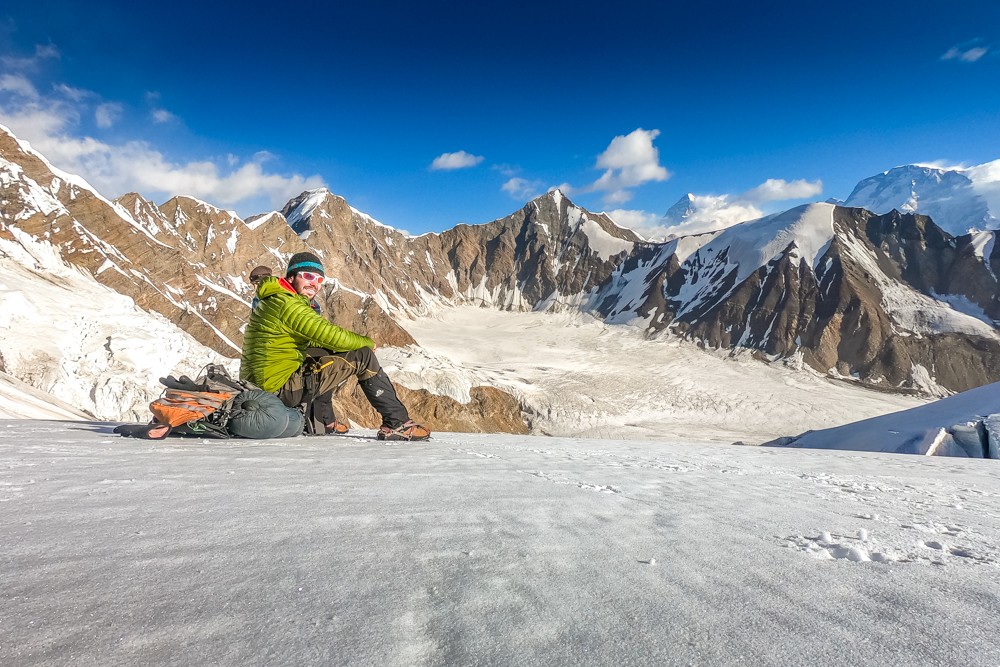
Treat ALTITUDE SICKNESS
Go lower: If you experience severe symptoms, you must immediately get to a lower altitude (at least 450m / 1,500ft) and seek emergency help.
Always take someone with you and never let anyone else with severe symptoms descend alone.
If you have mild symptoms, the best treatment is to descend. If you wish, you can stay at your current altitude and let your body get used to it by following the steps below.
Be warned that it may take anything from 12 hours to several days for your symptoms to subside.
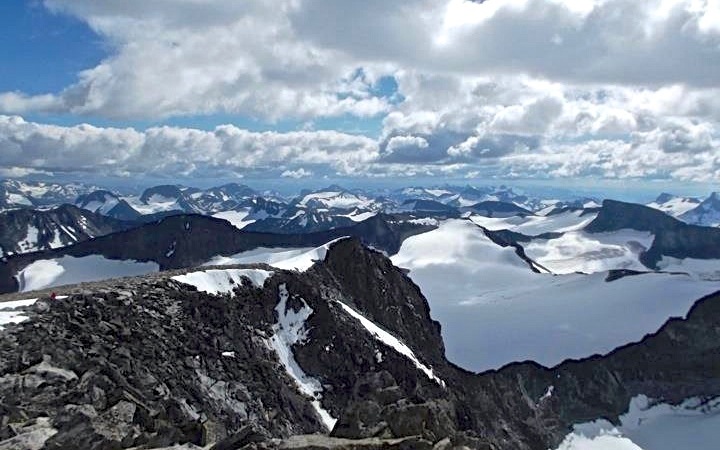
Get more oxygen: If you’re on a particularly challenging climb, your guide or group may have access to oxygen or a specially designed pressure chamber to treat altitude sickness. This should help relieve your symptoms.
Rest: Limit any walking or activity. Stop any exercise and take it easy. Be honest with your guide or group about how you’re feeling. If you ascend further, your symptoms may become severe in which case you can’t just ‘wait it out’.
Drink plenty of water: Keep hydrated by drinking plenty of fluids but stay away from alcohol. And, of course, don’t smoke.
Treat your headache: You may take over-the-counter medicine such as ibuprofen (Advil, Nurofen) or paracetamol to treat your headache. Some climbers also use drugs to treat nausea but this may mask the seriousness of your condition so it’s usually wiser to refrain.
Consider altitude sickness tablets: Some climbers choose to take acetazolamide (Diamox) to speed up how fast their bodies get used to altitude. It’s worth noting, however, that the drug isn’t licensed in some countries including the UK. Your doctor may advise you to start taking the drug a few days before getting to altitude to test your reaction to it.
These steps should help alleviate the symptoms but as the saying goes, prevention is better than cure, so follow the below steps prior to your trip.
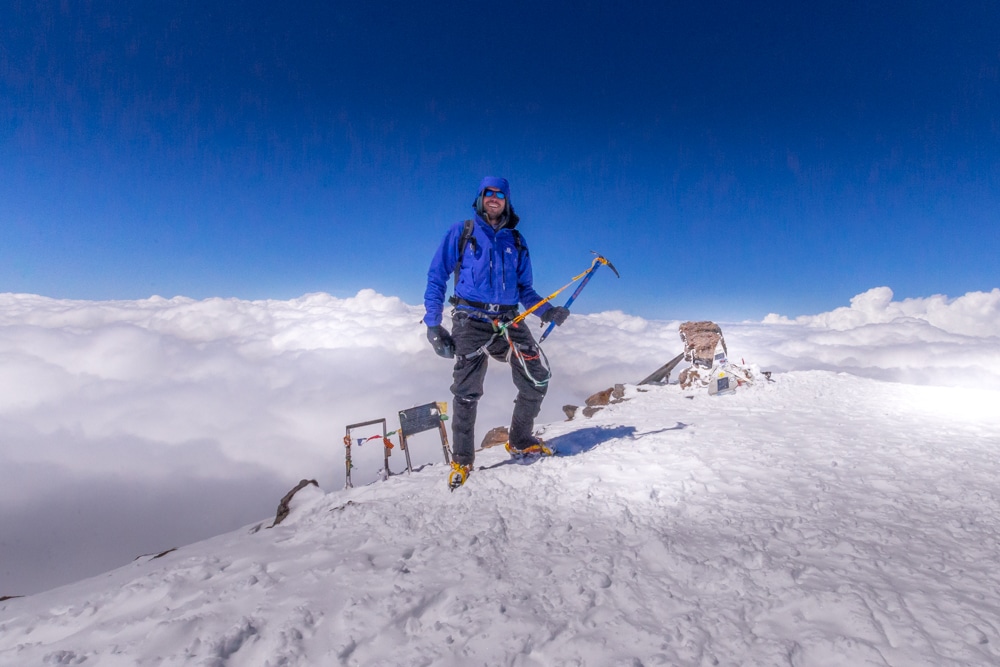
AVOID ALTITUDE SICKNESS
Avoid flying into high-altitude cities: If you can, avoid flying straight into high-altitude cities like Cusco, La Paz or Lhasa. If this is not possible, make doubly sure you follow the steps below.
Acclimatise: If you are climbing higher than 2,400m (8,000ft), spend at least one night at medium altitude before climbing higher. For example, before starting a Machu Picchu trek, spend two nights in Cusco first.
Sleep low: Sleep at an altitude lower than what you were at during the day. “Climb high, sleep low” is standard practice for those who spend time at high altitudes.
Ascend slowly: Once you’re above 3,000m (10,000 feet), don’t increase the altitude at which you sleep by more than 500m a night. You can climb higher during the day, but should come back to a camp no more than 500m above the night before. In addition, don’t push yourself too hard. Regulate your pace and go slower than you have to on the first day.
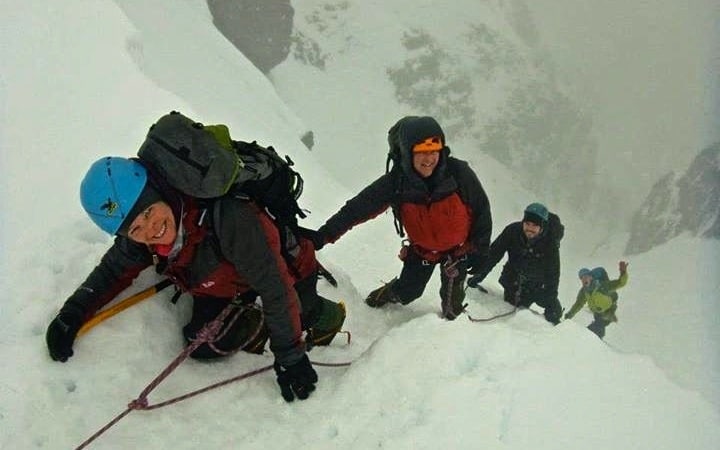
Amend your diet: Avoid heavy meals before reaching altitude but once there, eat a high-calorie diet that includes a lot of carbs such as bread, cereal and pasta. (Yay, altitude!) Drink plenty of water and avoid smoking and alcohol.
Use sunscreen and sunglasses: To protect your overall wellbeing at altitude, make sure you use extra sunscreen and pack sunglasses or goggle to protect against snowblindess.
Consider altitude sickness tablets: As mentioned in the previous section, you may wish to take altitude sickness medicine such as Diamox before starting your trip. Note that Diamox isn’t available in all countries and may have side effects so consult a doctor for advice.
Overall, the most important advice is to spend plenty of time acclimatising. A group of girls on our Machu Picchu trek flew into Cusco the night before the trek and, rather predictably, suffered badly.
Don’t ignore this basic advice. It doesn’t matter if you’re fit, healthy and active. Altitude sickness doesn’t discriminate so prepare yourself ahead of time to fully enjoy the trip ahead.
Good luck!
Enjoyed this post? pin it for later…
Into Thin Air is a chilling insight into what it was like to be on the mountain during those godforsaken nights.
